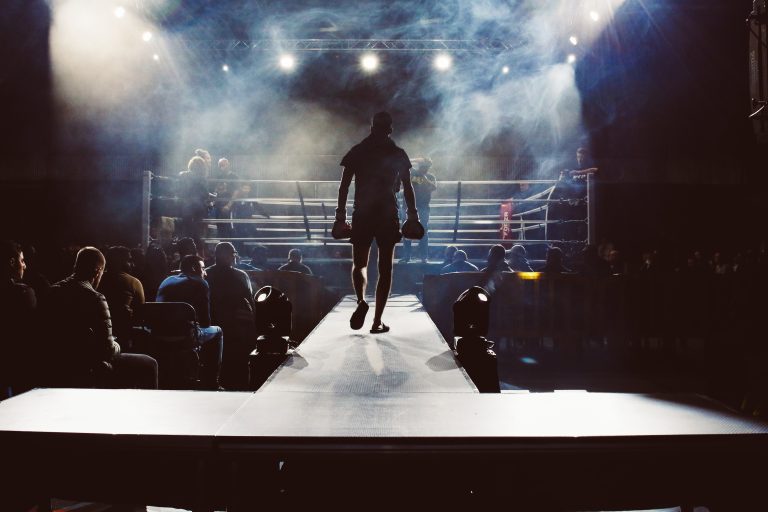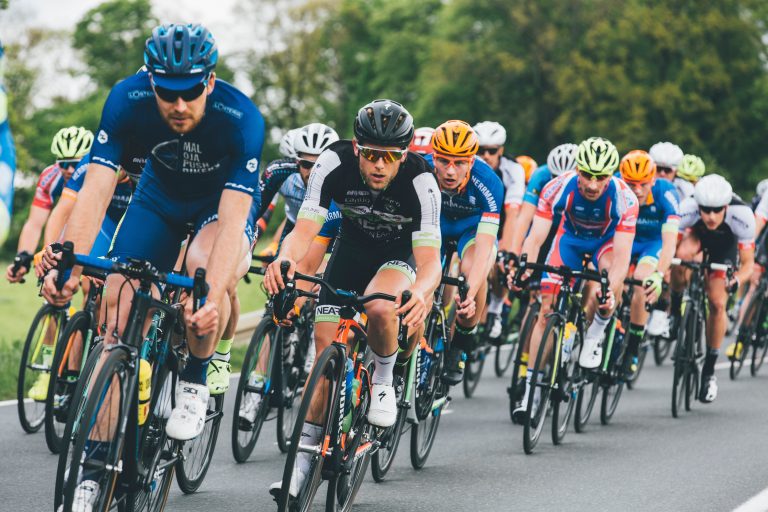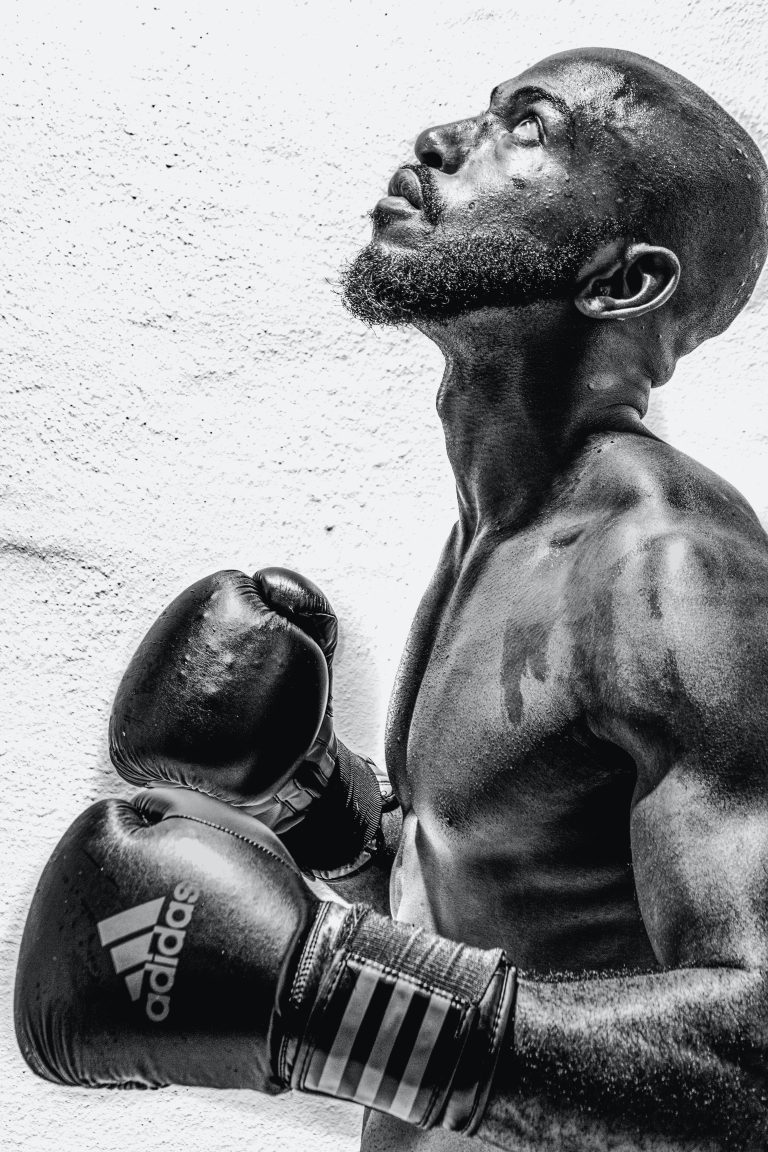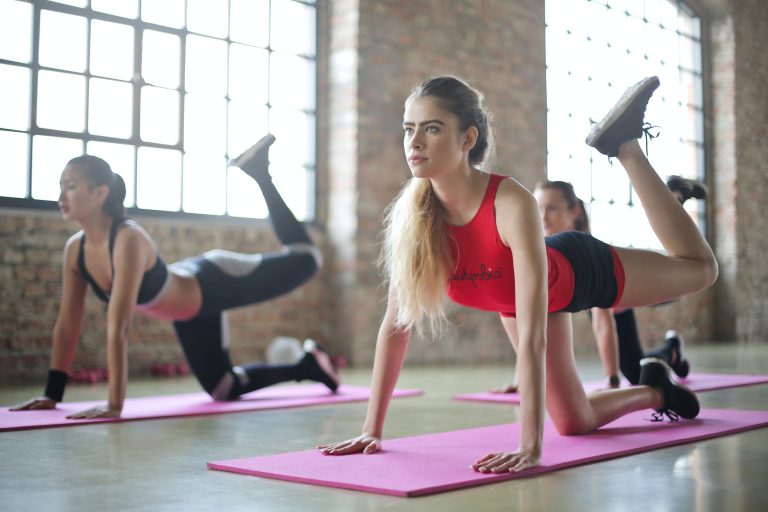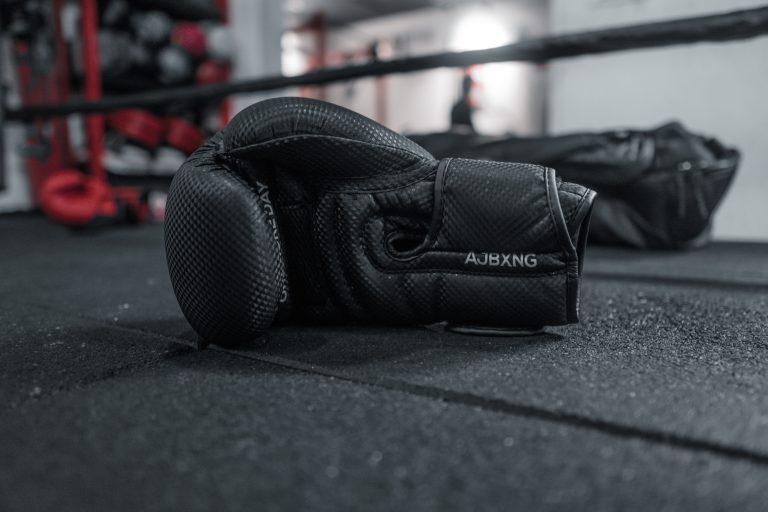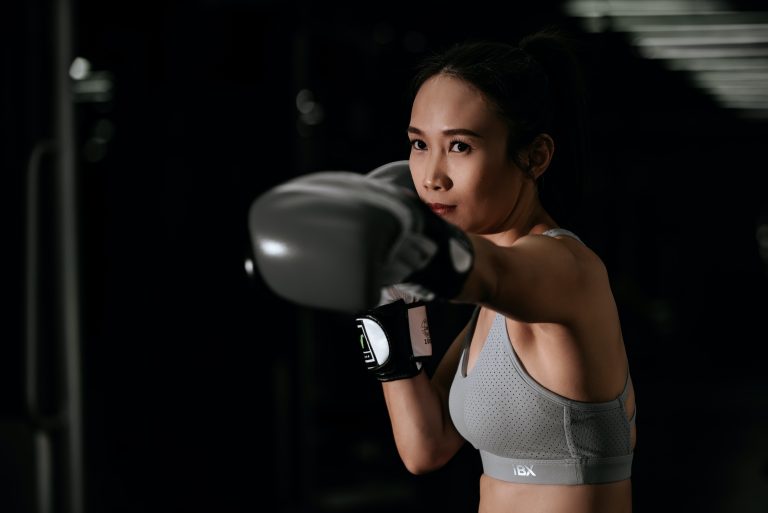Understanding the Basic Stances in Karate
Karate is a martial art that originated in Okinawa, Japan during the early 20th century. It is a striking-based fighting system that teaches various techniques that involve punching, kicking, knee strikes, elbow strikes, and open-hand techniques. Karate also teaches the importance of proper posture, balance, and stance. In this post, we will discuss the basic stances in karate that every beginner should learn.
1. Shizentai – Natural stance
Shizentai is a natural stance where the feet are shoulder-width apart, and the toes are pointing straight ahead. This stance is considered the most relaxed and balanced posture. In this stance, the body is centered and relaxed, making it easier to move in any direction.
2. Heisoku Dachi – Closed-foot stance
Heisoku Dachi is a closed-foot stance where the feet are together, and the heels touch each other. This stance is used as a starting and finishing position during kata or forms. It is also used in some kicking techniques.
3. Moto Dachi – Basic stance
Moto Dachi is a basic stance where the feet are shoulder-width apart, and the toes are pointing outward at an angle of 45 degrees. This stance is similar to Shizentai but with the feet pointing outward. Moto Dachi is a versatile stance that can be used for both attacking and defensive techniques.
4. Zenkutsu Dachi – Front stance
Zenkutsu Dachi is a front stance where one leg is extended forward, and the other leg is kept back. The extended leg should be straight, and the back leg should be bent. This stance is commonly used in karate as it allows the practitioner to move forward quickly and deliver strong strikes.
5. Kokutsu Dachi – Back stance
Kokutsu Dachi is a back stance where one leg is stepped back, and the majority of the body weight is on the back leg. The front leg is bent slightly, and the back leg is straight. This stance provides stability and allows for strong defensive moves.
6. Kiba Dachi – Horse stance
Kiba Dachi is a low, wide stance where the feet are shoulder-width apart, and the knees are bent. This stance is similar to the horse-riding position hence its name, Horse stance. Kiba Dachi is mainly used for developing lower body strength and balance.
7. Neko Ashi Dachi – Cat stance
Neko Ashi Dachi, also known as the cat stance, is a short stance where one foot is placed directly in front of the other. The back foot is placed diagonally behind the front foot, and the heel is lifted off the ground. This stance is used mainly for fast, evasive movements.
Introduction
Karate is a popular martial art that has many benefits, not only physically but also mentally. Practicing karate provides better balance, flexibility, coordination, and strength as well as builds self-confidence, self-awareness, and self-esteem. Before one can begin to execute strikes or kicks, they must learn the various basic stances in karate. These stances form the foundation of karate and prepare the student for more advanced techniques. In this blog post, we will answer some of the most frequently asked questions about the basic stances in karate.
What are the basic stances in karate?
There are five basic stances in karate, which are:
1. Zenkutsu-dachi (front stance)
2. Kokutsu-dachi (back stance)
3. Kiba-dachi (horse stance)
4. Neko-dachi (cat stance)
5. Heisoku-dachi (feet together stance)
What is Zenkutsu-dachi?
Zenkutsu-dachi, also known as the front stance, is a forward-facing stance used in karate. In this stance, one foot is placed firmly on the ground in front, while the other foot is positioned towards the back, with the toes pointing outward. This stance is used predominantly for forward strikes and movements.
What is Kokutsu-dachi?
Kokutsu-dachi, also known as the back stance, is a rare-facing stance used in karate. In this stance, the back leg is positioned straight out behind the body, while the front leg is bent with the foot facing forward. This stance is used mainly for reverse strikes or movements.
What is Kiba-dachi?
Kiba-dachi, also known as the horse stance, is a low stance used in karate. In this stance, both feet are planted on the ground, shoulder-width apart, and parallel to each other. This stance is used predominately for powerful strikes, blocks, and kicks.
What is Neko-dachi?
Neko-dachi, also known as the cat stance, is a narrow stance used in karate. In this stance, one foot is placed firmly on the ground, while the other foot is placed lightly on the ground in front, with the toes pointing outward. This stance is used mainly for quick, evasive movements.
What is Heisoku-dachi?
Heisoku-dachi, also known as the feet together stance, is a basic stance used in karate. In this stance, both feet are positioned close to each other, with the toes lightly touching. This stance is used for various basic techniques such as punches, blocks, and kicks.
What Are The Basic Stances In Karate
Introduction
Karate is a martial art that originated in Okinawa, Japan. It involves a combination of strikes, kicks, and blocks to defend oneself from an attacker. One of the most important aspects of karate is mastering the various stances that are used during practice and competition. In this guide, we will discuss the basic stances in karate and how to perform them correctly.
Step-by-Step Guide
1. Natural Stance (Shizentai-dachi)
The natural stance is the starting position in karate. Here’s how to perform the natural stance:
- Stand with your feet shoulder-width apart.
- Keep your arms relaxed and straight at your sides.
- Relax your shoulders and keep your eyes focused straight ahead.
- Ensure that your weight is evenly distributed between both feet.
2. Front Stance (Zenkutsu-dachi)
The front stance is the most commonly used stance in karate. It is used for many strikes and kicks. Here’s how to perform the front stance:
- Start in the natural stance.
- Step forward with your left foot, making sure it is shoulder-width apart from your right foot. Your left foot should now be facing forward while your right foot is angled about 45 degrees.
- Bend your left knee until your thigh is parallel to the ground, while keeping your right leg straight.
- Make sure your body weight is distributed between both legs.
- Keep your hands in front of your body to protect your face.
3. Back Stance (Kokutsu-dachi)
The back stance is used to create distance from an attacker. Here’s how to perform the back stance:
- Start in the natural stance.
- Step back with your right foot, making sure it is shoulder-width apart from your left foot. Your right foot should now be facing backward while your left foot is angled about 45 degrees forward.
- Bend your right knee until your thigh is parallel to the ground, while keeping your left leg straight.
- Make sure your body weight is distributed between both legs.
- Keep your hands in front of your body to protect your face.
4. Horse Stance (Kiba-dachi)
The horse stance is a stable stance used for power and balance. Here’s how to perform the horse stance:
- Start in the natural stance.
- Step out to the side with your left foot, making sure it is wider than shoulder-width apart from your right foot. Both feet should now be facing forward.
- Bend your knees until your thighs are parallel to the ground.
- Keep your back straight and your weight evenly distributed between both feet.
- Hold your arms out to the sides to maintain balance.
Conclusion
Karate is a martial art that requires a lot of practice to master. By understanding and practicing the basic stances, you can improve your technique and become a more skilled karateka. Remember to start with the natural stance and progress to the other stances as you become more comfortable. With time and dedication, you can excel in karate and achieve your goals.
Inhaltsverzeichnis

